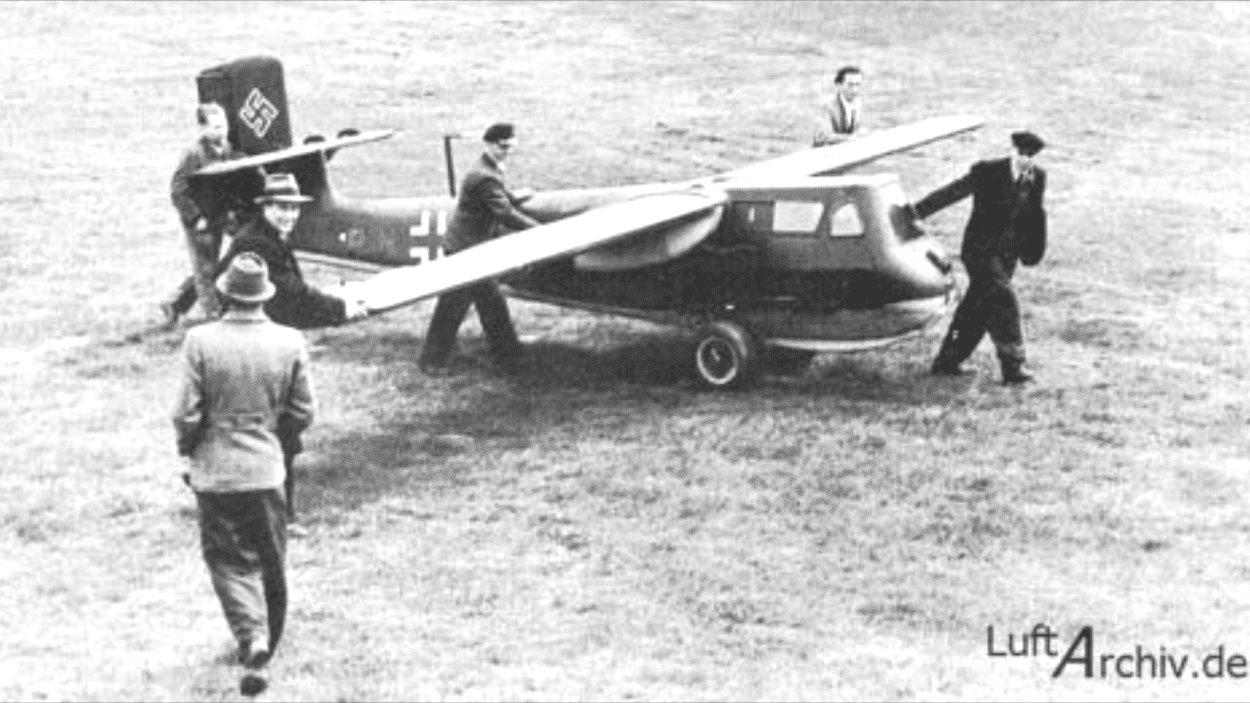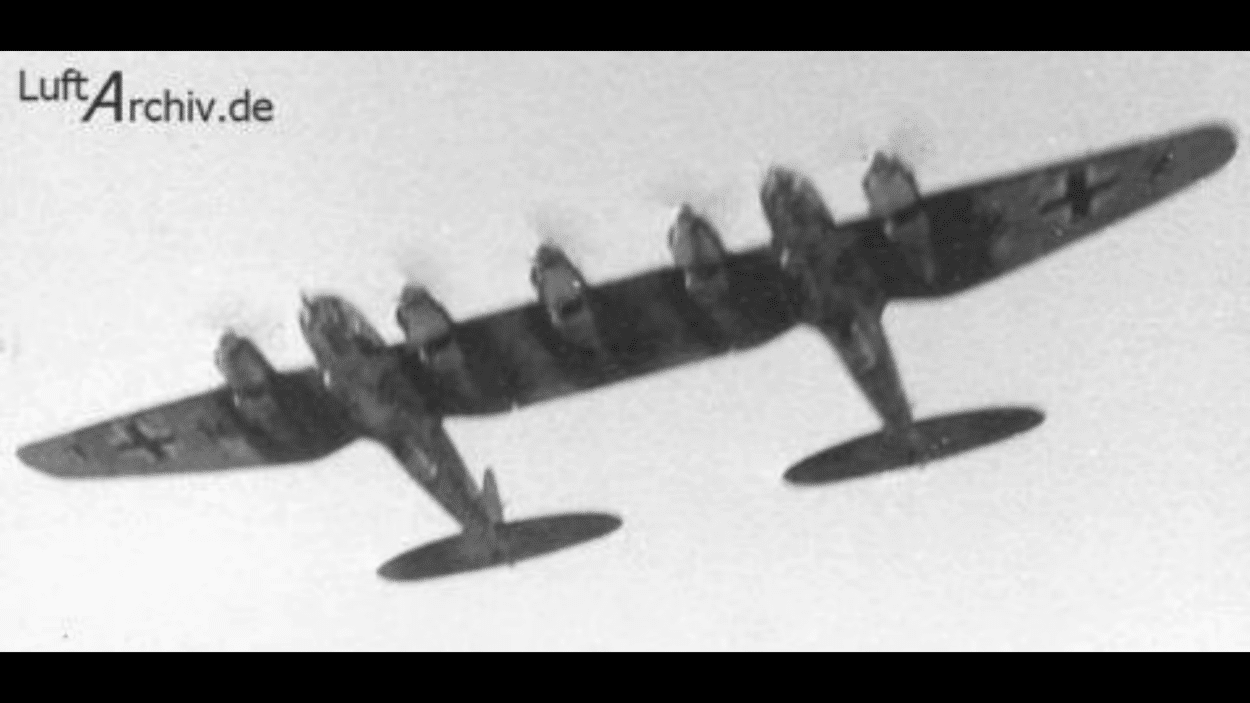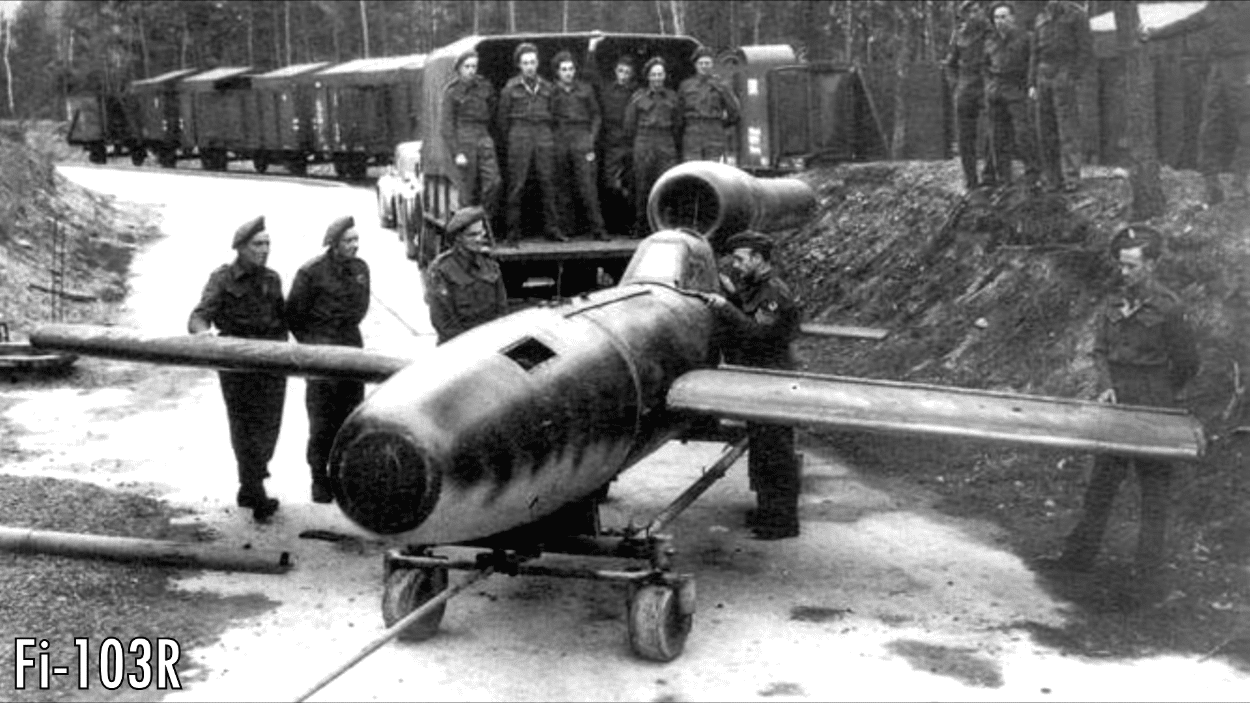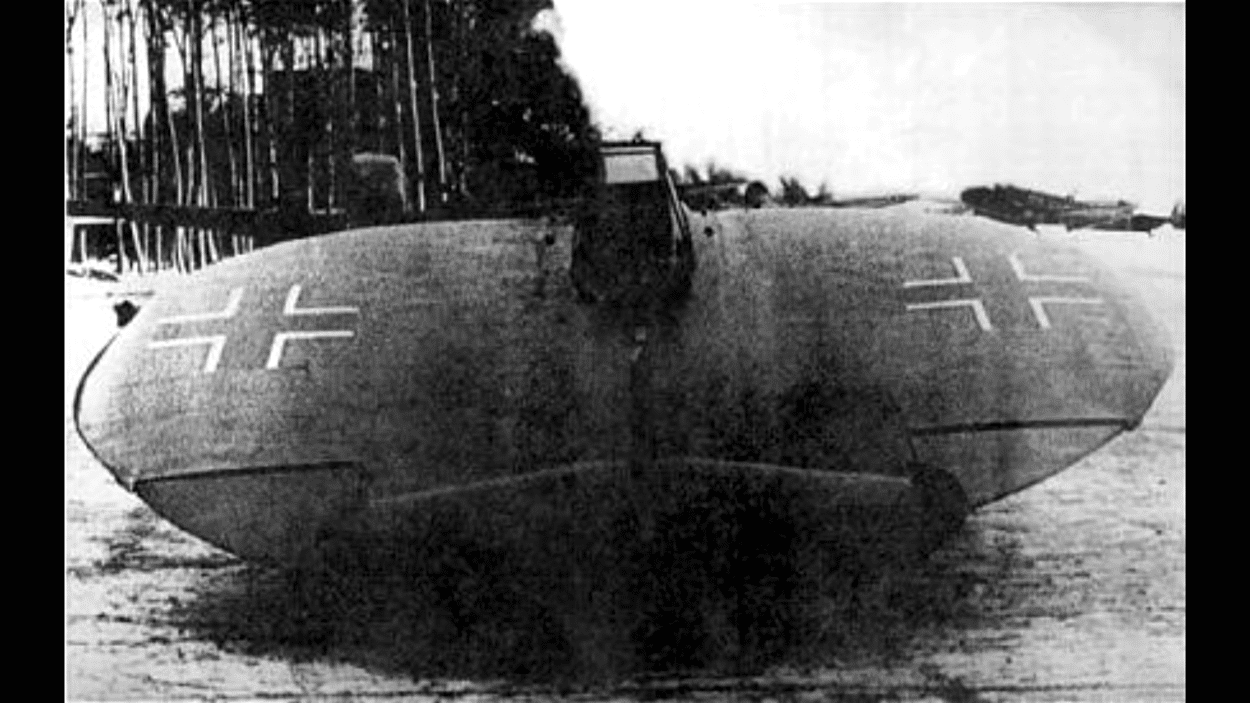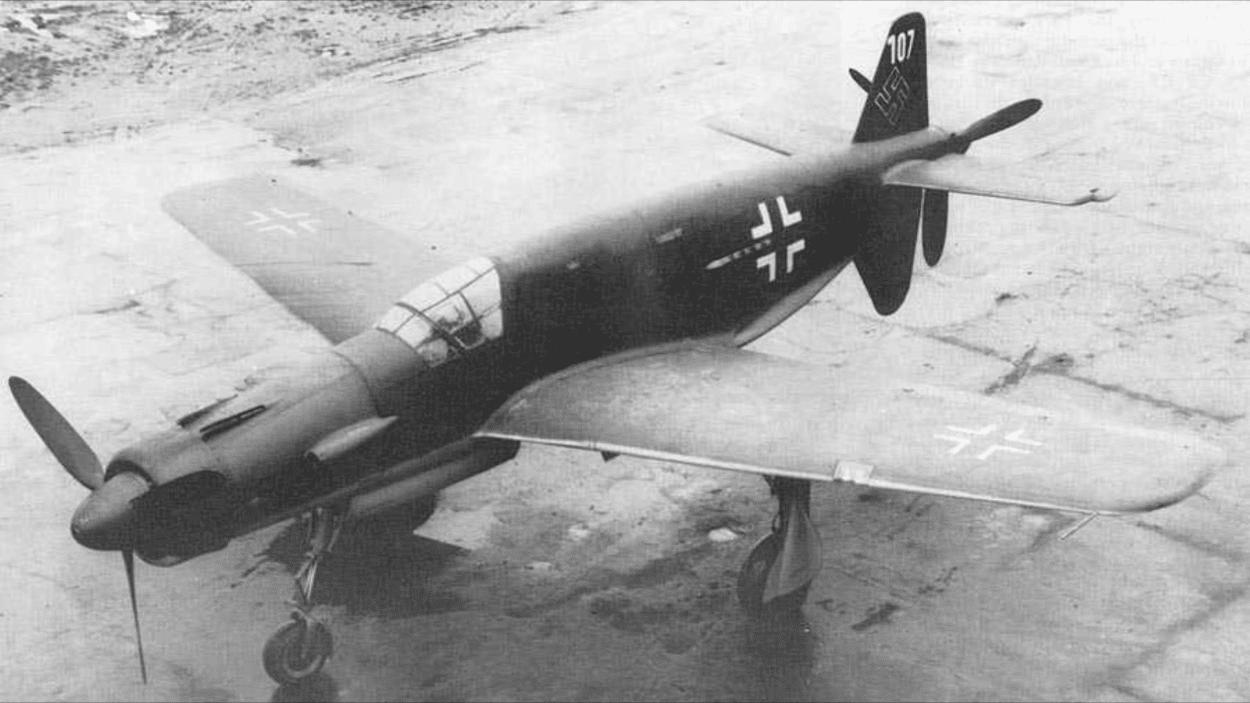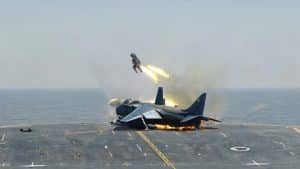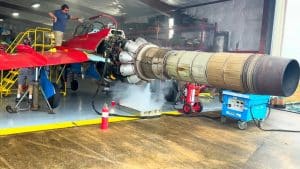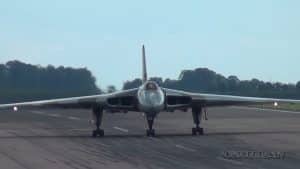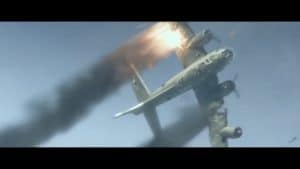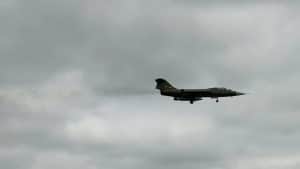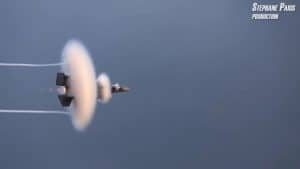Top 5 Weird WW2 German Prototypes That Actually Flew
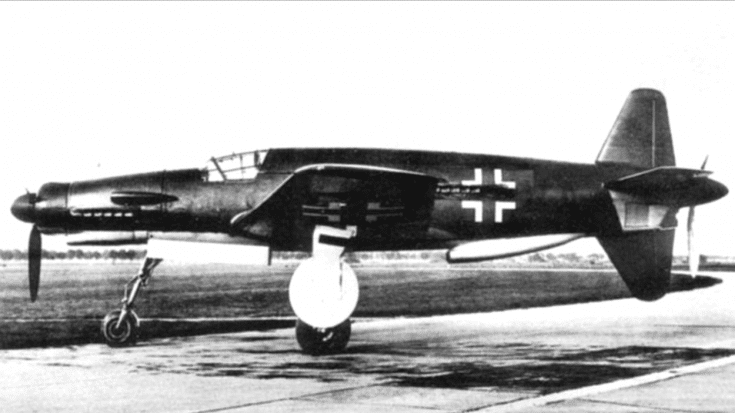
YouTube / The Iron Armenian aka G.I. Haigs
During WWII, the Germans built a lot of planes. However, this list would focus on WWII German prototypes that actually flew but didn’t quite make it either due to a change in design direction or the lack of resources.
5. Blohm & Voss BV-40
What separates this plane from a standard glider is a set of twin 30 mm autocannons each one equipped with 35 rounds. It was the only glider-fighter ever made in history.
Its first flight was completed in May 1944 but the interest of producing the plane waned due to Germany’s mounting losses. The project ended with just seven prototypes completed.
4. Heinkel He-111Z
This plane is exactly what it looks like – its two He-111 bombers joined together. The Z in the designation stands for Zwilling which means twin in German. Each side of the plane was crewed.
12 Z variants were built but by the war’s end, only four Zwillings were known to exist in operational condition.
3. Fi-103R
The Fi-103R would be carried under the wing of a heavy German bomber to a point very near the target before being dropped.
The pilot was then expected to steer the plane onto the target. It was suggested that pilots would be able to bail out before impact but in practice, it was almost impossible. It was estimated that the chance of surviving a bailout was 1%.
Even so, people volunteered to pilot the plane and a training and testing program began with 70 students. In time, the program was abandoned as it was decided suicide missions were not part of the German warrior tradition. Under 200 planes were built but none were used against enemy targets.
2. Sack As-6
This was a German circular-winged plane prototype that was built privately and was named after its designer Arthur Sack.
The Sack As-6 was the first design that was intended to be piloted by a human instead of being radio-controlled. However, several flaws were found in its design – one being that it was under-powered.
Due to wartime shortages, however, powerful engines were not available for the prototype. Eventually, the plane was destroyed so that it wouldn’t fall into Allied hands.
1. The Dornier Do 335 Arrow
This was one of the fastest piston aircraft of WWII. Its top speed in level flight is said to be around 850 km/h. The key to achieving this kind of speed was having two engines in one fuselage- one engine pulling while the other pushing. Originally, it was designed to be a fast bomber but was redesigned during the emergency fighter program to become a fighter.
Its first prototype took the skies in 1943 with production models being manufactured in early 1944. However, it was an expensive plane to operate with two fuel-hungry engines and lots of maintenance needed. Production was eventually halted due to complications of manufacturing late in the war.












